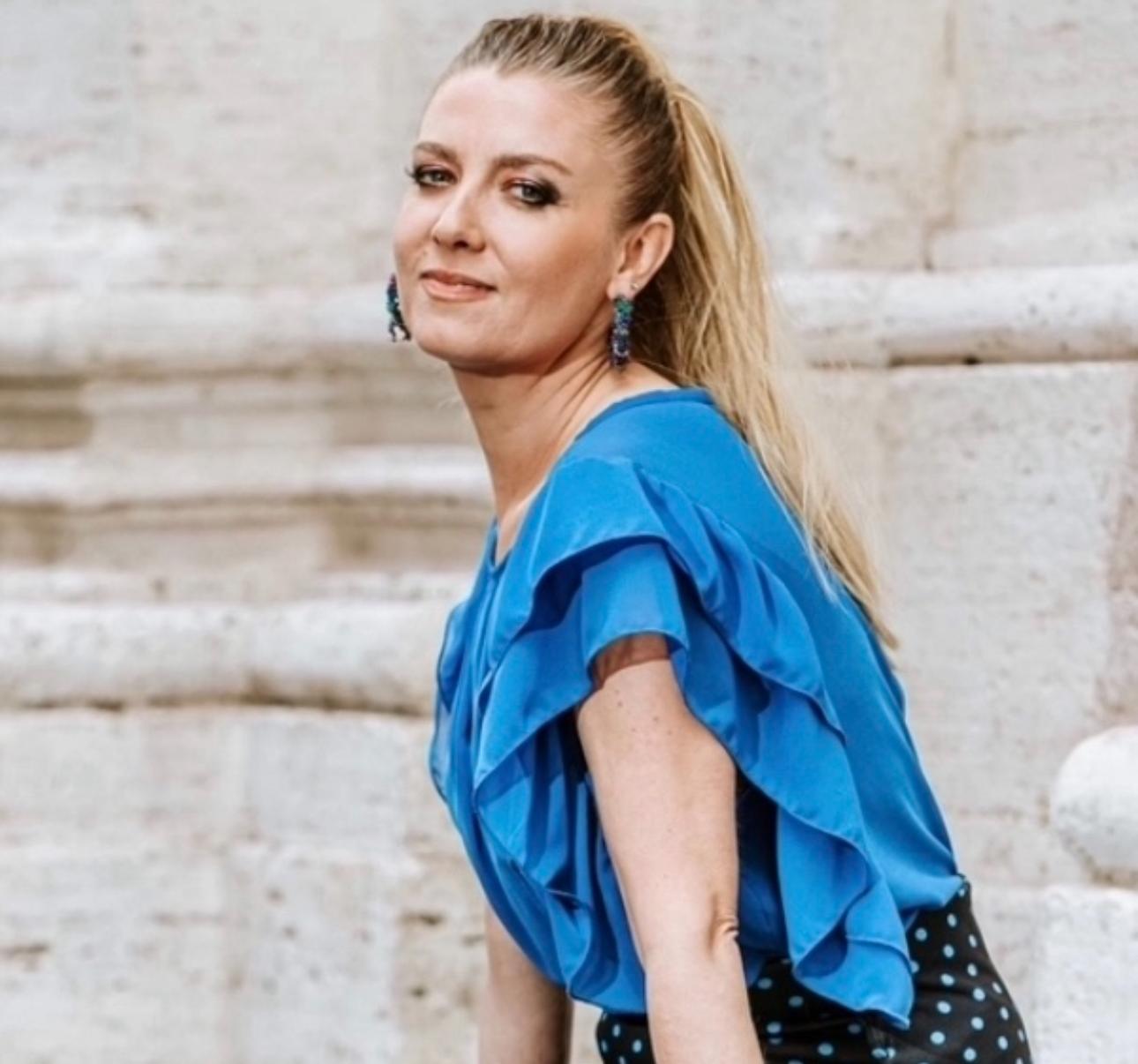From the heart of Oceania in Papua New Guinea, Pope Francis loudly cried out for peace for the nations and for all creation, and expressed his firm “NO” to armaments and exploitation of the Earth.
Pope's Call for Peace and Environmental Care
Pope Francis in his Angelus Message in Port Moresby on Sunday, September 8, 2024, made a plea: “From this land blessed by the Creator, I would like to ask, together with you, through the intercession of Mary Most Holy, for the gift of peace for all peoples. I ask this in particular for this great region. No to rearmament and exploitation of our common home!”
This beautiful land full of amazing beaches, crystalline ocean waters, and natural resources is facing huge economic and social problems.
The poverty in the country is growing; climate change and tribal violence affect the natives. The pope’s visit was for them a sign of hope.
Josephine Solok, a pilgrim to visit the Holy Father, shared, “Definitely I am so happy, I was at home, but when I heard that he was coming I really wanted to come and see him because of the blessings, the graces, that’s why. Yes! I was here.”
Velda Tamur, another pilgrim, highlighted, “It is very important, I am so excited, I believe it is a time of joy for everyone here in Papua New Guinea!”
Catholic Missionaries: A Pillar of Support
Pope Francis came here to give strength to the people of Papua and to express his support and solidarity to hundreds of missionaries who tirelessly work among the population.
95% of the 11 million-strong population are Christians and 30% are Catholic. The Church plays a crucial role not only in preaching the Gospel. “The schools and the health services in the district, it is the district that I come from, all are commanded by the Catholic Church,” explained Claris Laiam, a local Catholic.
Papua New Guinea is one of the most diverse populations on Earth with over 600 populated islands, hundreds of ethnic communities, each of them with different traditions and more than 800 languages!
Just as the country is multicultural, so is the Church: thanks to its people it is colorful, multilingual, and multiethnic in every sense.
The Church here is still relatively new. The Catholic faith arrived in Papua New Guinea with the French missionaries of the Sacred Heart of Jesus less than 150 years ago. On July 4, 1885, they celebrated the very first Mass in the territory of Papua New Guinea.
Reaching people living in remote and dispersed areas, as well as the difference of cultures, and practices such as cannibalism, were just a few of the huge challenges the first missionaries faced. And there are still other issues the missionaries have to cope with in our present day.
One missionary, Fr. Albert Calver, from Capuchin College, Bomana, shares, “The greatest challenge about being a bush priest, especially for one that has chosen a religious life which is a very fraternal community, is sort of just isolation from people you know. But then you get to know and love people here.”
Thanks to the missionaries these people are fascinated with their faith and they pass it from one generation to another.
One woman from the village of Laloki, PNG, shared, “It gives us strength when we receive the blessed Eucharist and also meet the seminarians and priests and become friends around here especially.”
A Legacy of Faith and Courage
More and more parishes in Papua New Guinea are being guided by the native priests.
Visiting Papua New Guinea, the most populated of 13 countries in Oceania, Pope Francis has followed the footsteps of Pope Saint John Paul II who came here 30 years ago when he beatified the first native Papuan lay missionary, Peter To Rot.
To Rot, the catechist in his village, was martyred under the Japanese occupation during World War II for refusing to deny his faith.
The solemn Sunday Mass celebrated in the Sir John Guise stadium in Port Moresby was the highlight of Francis' visit to Papua.
To the 35,000 gathered faithful from all over Oceania, showcasing the vastness of traditions and rituals, the Pope turned with a resounding message of courage and hope.
In his homily, the Pope said, “Today, the Lord also says to you, ‘Courage, people of Papua New Guinea, do not be afraid! Open yourselves! Open yourselves to the joy of the Gospel; open yourselves to encounter God.’”
Adapted by Jacob Stein.

Born in Warsaw, Poland, in 1979, she is a linguist, translator, producer, writer, journalist, and a long-time foreign correspondent for Polish National Television TVP in Rome and the Vatican. She holds a master's degree from the University of Warsaw, doctoral studies from the Gregorian University in Rome, and post-master studies from the Diplomatic Academy in Warsaw. For 10 years, she was a translator for the Tribunal of the Roman Rota and the Apostolic Signature in the Vatican. She has produced over 20 documentaries about the Vatican and the papacy and authored four bestsellers about the Vatican and Rome. As the wife of a Pontifical Swiss Guard member, she lived for over 16 years in Vatican City, a neighbor to the last three popes. She is the mother of two teenage daughters and has been the EWTN Vatican correspondent in Rome since May 2024.







